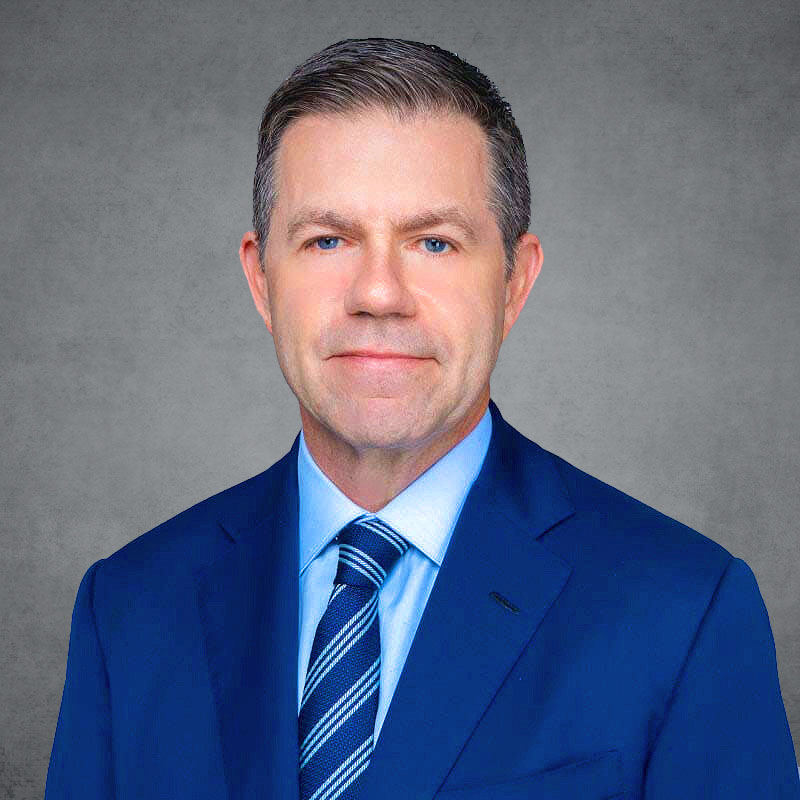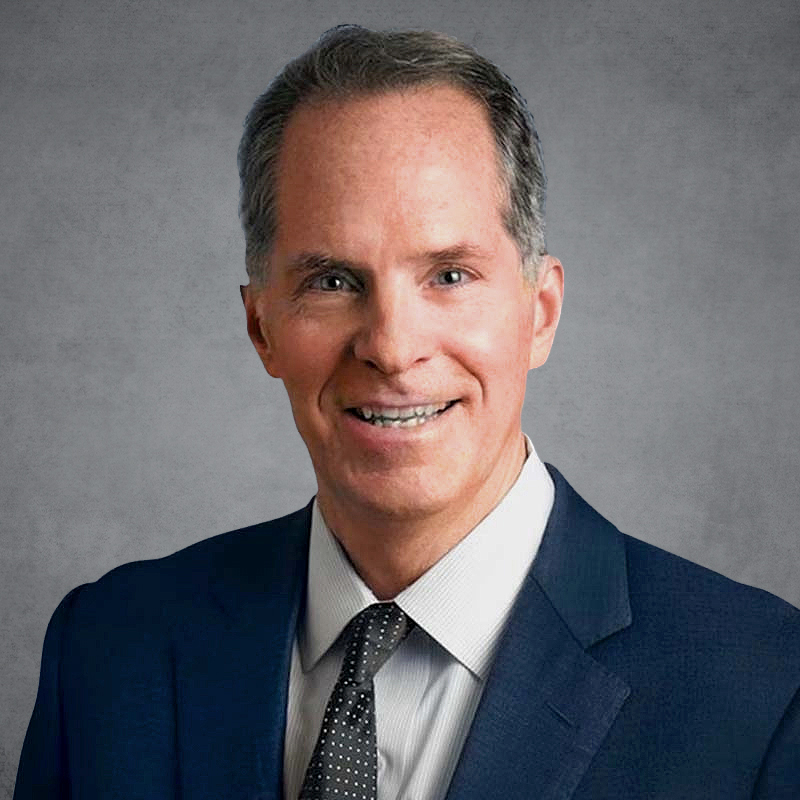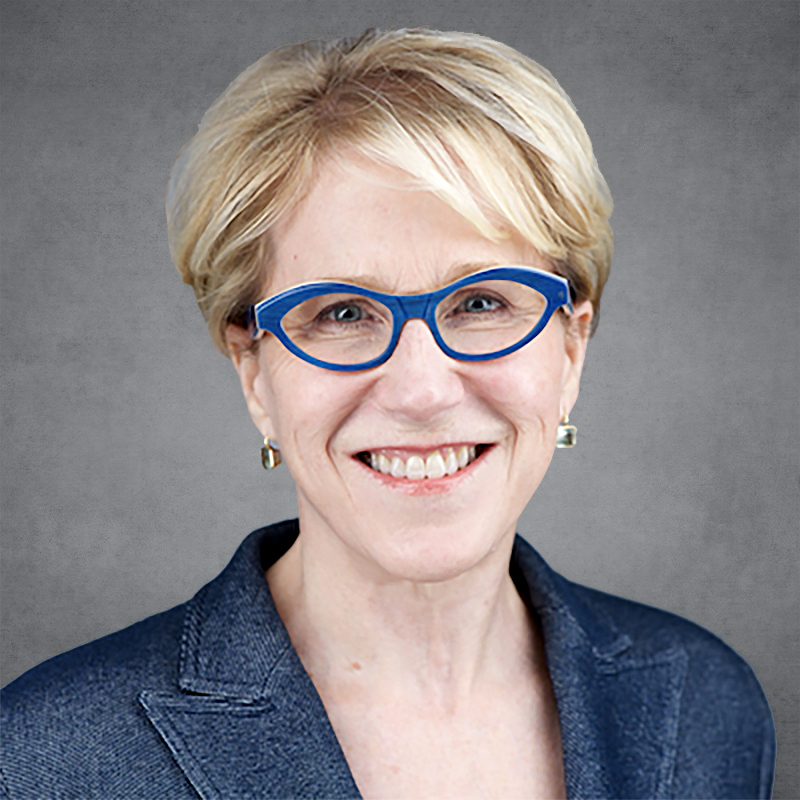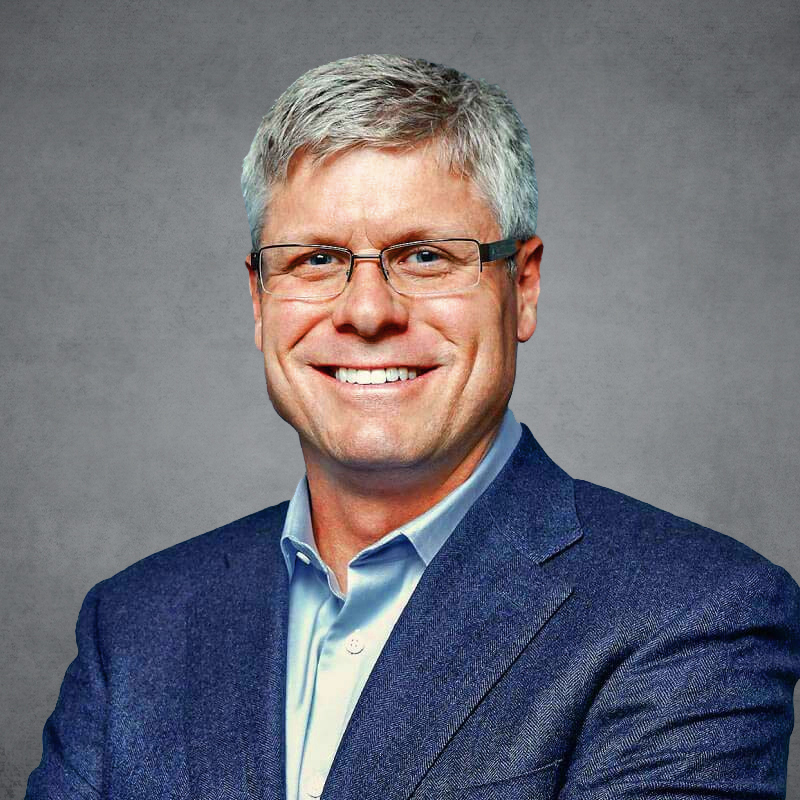A Fully Connected World: What the Digital Inclusion Movement Means for the Future of Business and Society


Executive Perspectives
The digital divide – the gap between those who have access to the digital economy and those who don’t – has been present since first-generation wireless technology launched into market, but the COVID pandemic brought to light just how stark this divide is around the world – and how critical the issue is. Living in Western nations, we often take for granted not only access to broadband internet, but also access to the devices that broadband powers and the benefits that this combination gives us to live safer, healthier and more productive lives.
Why is the digital divide important to business? From my vantage point as Chairman and CEO of Verizon, increasing global connectivity certainly helps many communities around the world, but it also just makes business sense. More connection means larger markets. More access means more business partnerships. More usability means, in the long term, greater innovation and a more educated workforce and most important, equal opportunity.
Earlier in my career when the world was in a much different place with connectivity, I was in Africa traveling on behalf of my former employer, Ericsson, and got to experience first-hand the power of rural villages in the most remote parts of the continent that got internet connections for the first time. It meant that those living in the village had information, healthcare support and educational materials at their fingertips. I come from Sweden where we had great access to resources – it has always been important to me that everyone has those same opportunities.
And I’ve acted on those learnings ever since.

While the digital divide still exists, the good news is that during the pandemic, 800 million more people became connected to the Internet.1 That growth was not linear, but exponential – and meant it was possible to bring connectivity to the world.
- Hans Vestberg | Chairman & CEO, Verizon
I worked on bridging this gap through the United Nations’ Millennium Development Goals, by advocating for building the infrastructure needed to support global access that would improve digital inclusion. As the years went on, the eight Millennium Development Goals turned into the 17 Sustainable Development Goals (SDGs). I fought for an 18th goal around Connectivity for All, and ultimately landed with an agreement that this critical digital infrastructure would underpin all 17 goals versus standing alone.
And that worked for a period of time, until COVID-19 hit. In the wake of the pandemic, we all realized that communication is one of the most important infrastructures we have (or don’t have). As the pandemic raged, digital inclusion was critical for getting healthcare, education and connection with friends when we needed it most. And from a business sense, it became a necessity to keep the global economy going.
On the Right Path
While the digital divide still exists, the good news is that during the pandemic, 800 million more people became connected to the Internet.1 That growth was not linear, but exponential – and meant it was possible to bring connectivity to the world. However, simply making broadband accessible to communities was just the first step. That’s because when we think of driving digital inclusion, we need to solve for three things:
- Accessibility to the technology
- Affordability of the technology
- Usability of technology
In retrospect, accessibility is the simplest piece. Having broadband coverage is great, but if you can’t afford the services or devices, it’s useless. Without applications, be they telehealth services, mobile banking, video conferencing or remote education, coverage is similarly useless. That means we have to solve all three of these pieces to rectify the digital divide.
On the Right Path
When we look at the numbers, 3.6 billion people in the world are not connected to the Internet.2 Out of those, 3.2 billion have broadband coverage. That means roughly 400 million people are not covered by broadband. So we have more work to do on every front.
Broadband infrastructure is mainly funded by private money, and for many of these investors the focus has been on delivering broadband to solve connectivity. But if every person needs a device for that broadband to work, they’re required to spend perhaps $500 for a phone or $1,000 for a laptop.
The accessibility gap is narrowing – even more so since the start of the pandemic. Unfortunately, affordability is widening with inflation. The vulnerable cannot afford the services or the devices.
Usability is another area where the gap narrowed, with numerous models being tested and proven during the COVID-era lockdowns. We witnessed hospitals around the world rapidly figure out how to manage telehealth when they were unable to receive patients in person. Think about in post-pandemic times how life-changing that usability is for rural or remote patients who can’t travel.
While there is still a long way to go – nearly half the world still needs connectivity – in the last few years, we’ve made good progress towards closing the gap and have developed universal models that can work for communities around the globe. We have reason for optimism, but we can’t slow down – and that means scaling with strategic partnerships.
Public/Private Partnerships
Collaborations between governments and businesses to improve accessibility, affordability and usability empower more people to be part of our society. They increase individuals’ ability to learn, apply for and work at jobs, bank, access healthcare and more.
We’ve seen some great examples in recent years. During the pandemic, the Indian government sent mobile support payments to its citizens through digital banking apps.3 Financial inclusion has become a much more realistic goal with better connectivity.
In many African nations, we’ve started supporting subsidies on connection services for low-income families to support them in using and accessing technology. The U.S. government also started the Affordable Connectivity Program, which similarly supports low-income households.
These models have worked on smaller scales, but we still have work to do to make more people aware of the challenges and solutions that exist for connecting the world.
Investing in the Future
To achieve universal accessibility, affordability and usability, we need different industries to work together and make business commitments toward these goals.
With a focus on underserved communities, broadband in schools was the start of this collaboration for Verizon. Not only did we install broadband in these schools, but we also brought in devices for teachers and students along with a STEM education curriculum. Since 2011, we’ve partnered with more than 500 schools in 38 states through our Verizon Innovative Learning program.4
On a global scale, I’m also proud to have started the EDISON Alliance through the World Economic Forum, which has a challenge of improving “1 Billion Lives” through “affordable access to digital solutions across healthcare, finance and education by 2025.”5 So far, we’ve achieved 45% of our target, with hundreds of millions of people benefiting from connectivity. There is still work to be done and there are headwinds with the global economy and inflation, but we have a set of committed companies and countries who have plans to follow through on goals that will impact a billion people worldwide.
Alignment of Strategy and Responsible Business
It’s important that businesses have social contracts with the communities they serve. Efforts like those at Verizon are being enacted in businesses around the world. These companies have connected their goals to their business strategy, which grows the business in a manner that is beneficial for all stakeholders.
For Verizon, investing in schools fits well with both our social and business imperatives; for example, students who are educated under a STEM curriculum may then come work for Verizon. The wider community benefits from improved educational programs, which has long-term implications for individual quality of life and collective socio-economic conditions.
Verizon also supports volunteerism in the company. Employees have time to go out in the community, choosing from a list of programs we have selected that align well with our digital inclusion goals. These programs are all connected to our work toward digital inclusion.
Bridging the Gap by 2030
The commitment of the EDISON Alliance is to change 1 billion lives by 2025.
At this point, it is hard to imagine living without a smartphone. The connectivity the internet has enabled has empowered businesses to be more productive and individuals to be more prosperous. However, these benefits have not come equally, and the longer the digital divide lasts, the greater the disparity we will see between those who have access and those who do not.
If global efforts of the last few years have been any indication, we certainly have the capability to close the digital divide and bring inclusion even to the hardest-to-access communities.
We are on track to achieve this goal, and the models that we are developing will hopefully enable greater scale and repeatability.
There will be some shifts in technology to get there, including improving technological literacy to help bridge the gap and support digital inclusion. In the Western world, we don’t always fully consider some of these barriers to entry, but emerging technologies like voice and AI interactions can increase the fast adoption of tech solutions to support more use cases. That’s the next step of how technology itself can bridge the digital divide.
That’s where I’m excited – to speed up the process for people to use technology and remove the hurdles on the usability side.
What does this connectivity mean for businesses? Larger markets, better access to a wider diversity of talent, and a more efficient, equitable global economy.
We all want to be a part of something larger. Bridging the digital divide means more people can be part of our global society, and, hopefully, more people will have the chance to build a brighter future.
- 1
Internet uptake has accelerated during the pandemic. ITU Annual Report. (2022, February 17). Retrieved from https://www.itu.int/highlights-report-activities/highlights-report-activities/agenda_section/internet-uptake-has-accelerated-during-the-pandemic/
- 2
State of mobile internet connectivity 2022. (2022, November 1), Retrieved from https://www.gsma.com/r/wp-content/uploads/2022/10/State-of-Mobile-Internet-Connectivity-2022.pdf
- 3
KPMG. Impact of COVID-19 on Digital Payments in India. (2020, August). Retrieved from https://assets.kpmg/content/dam/kpmg/in/pdf/2020/08/impacting-digital-payments-in-india.pdf?trk=organization-update_share-update_update-text
- 4
Verizon. Verizon Innovative Learning: An Educational Initiative. Verizon Innovative Learning: An Educational Initiative | About Verizon. (2023, March 17). Retrieved from https://www.verizon.com/about/responsibility/digital-inclusion/verizon-innovative-learning
- 5
Edison Alliance. Impact Report. (2023). Retrieved from https://www.edisonalliance.org/impact
The views and opinions expressed herein are solely those of the individual authors and do not necessarily represent those of The Consello Group. Consello is not responsible for and has not verified for accuracy any of the information contained herein. Any discussion of general market activity, industry or sector trends, or other broad-based economic, market, political or regulatory conditions should not be construed as research or advice and should not be relied upon. In addition, nothing in these materials constitutes a guarantee, projection or prediction of future events or results.
























